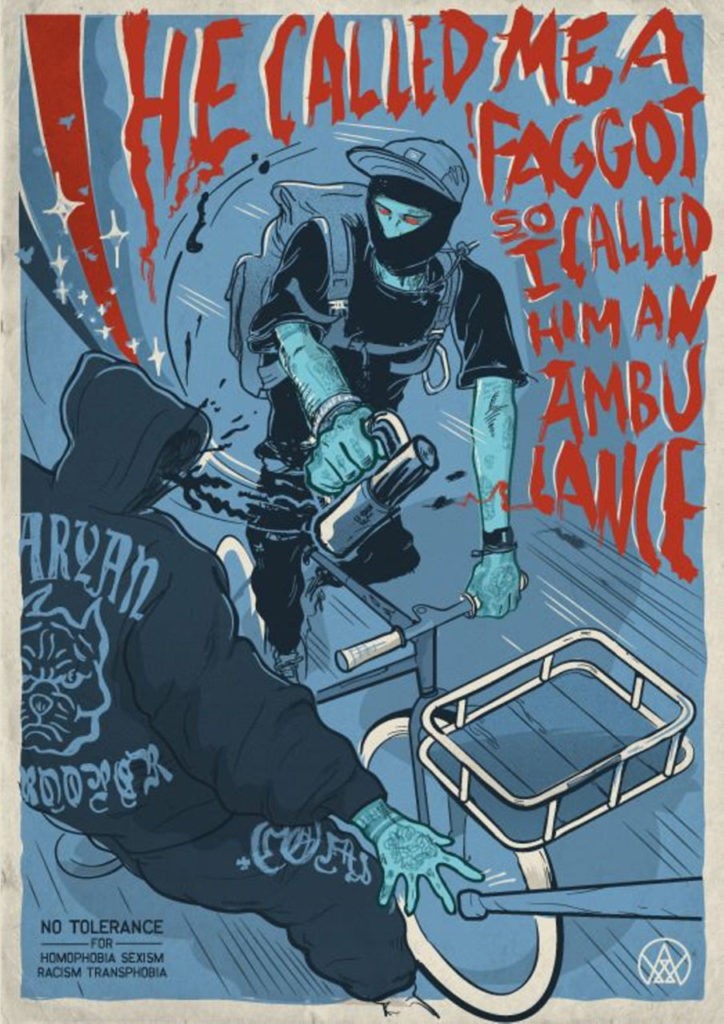According to the FBI, between 2012 and 2016, an average of 295 murder victims were shot to death with rifles each year, rifles that include so-called “assault weapons” like the big scary AR-15.
Now, it’s impossible to know exactly how many Americans and
legal immigrants are murdered by illegal aliens each year because
literally no one keeps track. However, even a 2018 Snopes article
that argued in favor of illegal aliens estimated that according to
reports from the Government Accountability Office, a conservative
average of 456 criminal aliens are arrested for homicide every year.
Now for the sake of argument, let’s assume each of these
aliens only killed one person. Let’s also assume each one of the rifles
used to murder somebody was an “assault weapon” like an AR, and that
each one was fired by an American citizen. This would still mean that
according to the data we do have, an average of 161 more people
are killed each year in the United States by illegal aliens than are
shot to death with rifles like the AR-15 - an increase of 35 percent.
That number becomes even greater when you include Americans killed by
illegal alien drunk driving or internationally smuggled drugs.
We have to estimate because there’s still no database that tracks how
many people are killed each year by criminals who shouldn’t even be
here. What we do know for sure is that according to U.S. Immigration and Customs Enforcement,
more than 158,000 illegal aliens were arrested by immigration officials
in fiscal year 2018 alone. Together, they tallied over half a million
individual criminal charges and convictions, including 2,028 charges for homicide.
Another 81,000 or so were for DUIs, more than 76,000 were
for drug crimes. There were about 51,000 assaults, almost 13,000
burglaries, nearly 12,000 weapons offenses, over 5,000 sexual assaults,
and more than 2,000 kidnappings. And those are just the big crimes.
If
so-called “assault weapons” like the AR-15 are so dangerous that
Democrats want to strip millions of Americans of their legal,
constitutionally protected right to own them, then why don’t they show
the same concern over illegal aliens who’ve proven to be far more of a
threat? Why do they target inanimate objects, but pass laws that
deliberately release countless criminal aliens back into our communities
to victimize millions of law-abiding citizens? When a person is shot
with a scary-looking rifle, it’s cause for national outrage and the
demonization of 6 million NRA members. But when an illegal alien kills a
cop, we get radio silence.
Consider this: the week before Christmas, an illegal alien in California named Gustavo Garcia went on a crazy crime spree during which he shot and wounded several people,
killed another, carjacked a truck and led police on a high-speed chase
that included a highway shootout and ended in a deadly car crash that
left four other people hurt and one in critical condition, all after
being freed from jail thanks to the state’s sanctuary policies.
At the same time, California has some of the strictest gun
control laws on the books and is upping restrictions on rifles like the
AR-15 because it’s been deemed “too dangerous” to be owned by
law-abiding legal citizens.
But it’s pretty clear that the things the left targets in
the name of public safety have nothing to do with what actually harms
Americans, and everything to do with politics. And it’s not hard to see
why rifles get a bad rap while Democrats argue for open borders and let
dangerous criminal aliens walk free – after all, AR-15s will never be
able to vote.
Patriots... remember that the real goal is to FUNDAMENTALLY TRANSFORM AMERICA..
The more illiterate peasant class they can import from around the world... the easier it will be for the Left to VOTE AMERICA OUT OF EXISTENCE!
Unless you are prepared to FIGHT BACK.. yes armed Resistance they will take America from us!
RESIST THE RESISTANCE.. LOCK LOAD AND MARCH !






